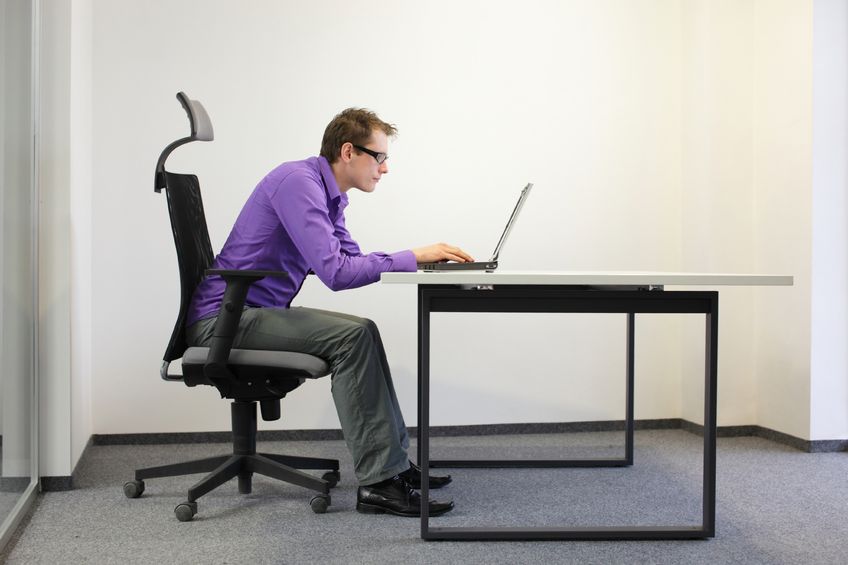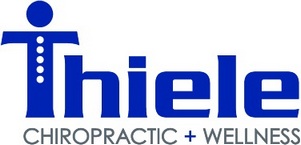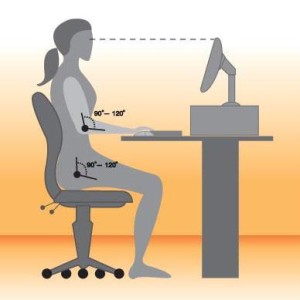Desk Ergonomics& Exercise
A well designed workstation can work in your favor to prevent extra micro-stress that a person with a desk job experiences. Keep moving! Remember movement is a required nutrient for our body.
1. Adjust your chair so that your hips are flexed at between 90 and 120 degrees. If your feet are no longer resting on the floor, use a foot rest.
2. Your keyboard should be in line with or below your elbow. The open angle of your elbow will reduce elbow, wrist and shoulder pain.
3. Keep your wrists straight and never bend them to type.
4. The top of your monitor should be at eye level. If it is too low, place a book under the monitor to boost it to your level. Low monitors promote forward head posture.
5. You should sit with your back straight up and down. Use a pillow to support your low back. Leaning forward and spreading your legs stresses the hip and sacroiliac joints.
6. Don’t forget to get up and walk and do your exercises during short breaks. You will be more comfortable and more productive.
Desk exercises are recommended for computer users. When muscles remain stationary, circulation decreases, muscles tire, tasks become more uncomfortable for the computer user to perform. Incorrect computing posture habits combined with long-term stationary sitting are considered causative of spinal problems.

Plan desk exercises with micro breaks and rest breaks. Our bodies are not only designed for movement, they require it. Over 600 major muscles control 200 bones. Stationary computing postures and inappropriate body positioning leads to strained or weakened muscles and the potential for serious injuries. Remaining in sitting positions for long periods of time will also impede blood flow. Stretching and exercising the muscles throughout the day help maintain the body’s health.
30 to 60 second micro-breaks should be taken every 30 minutes. It merely requires you to train yourself to change body positions. Examples you might include would be to rest and stretch your hands, stand up tall for a brief period, perform easy shoulder stretches and leg stretches. Desk stretching exercises should not be painful; slow and easy is all that’s required. These don’t take long and they don’t take you away from your desk, but they do also provide your eyes a break from staring at the computer screen.
Proper ergonomics and exercise breaks will not only prevent repetative micro trauma and injury but will also make you more comfortable and productive at your job.

